When we moved into our first house as a married couple, I thought everything was perfect. Prior to completing our purchase, we had a full home inspection and an hour before the actual closing we did a walk through. Everything seemed great. So when a skylight dripped rain onto the hardwood floor during a heavy downpour the first week we moved in, and I began noticing some cabinet doors were askew and the stairs squeaked a lot, I was dismayed.
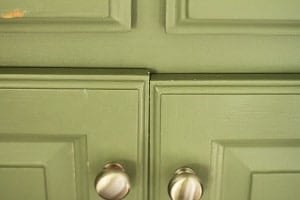
About a month into our residency I realized I hated every overhead light fixture in the house. I disliked the hollow core doors. I dreamed of upgrading the kitchen but knew any major change was a ways down the road. Meanwhile, thanks to all the kitchen remodeling magazines I was reading, I knew just changing out the hardware on the existing cabinets would be a big improvement.

My husband, a proud new homeowner, decided he could tackle some jobs himself. Never mind he’d grown up in apartments and was clueless about small jobs around the house. How hard can it be to change a washer on a faucet, he said, or caulk a tub? Only after he made a mess in one bathroom and damaged a window frame attempting to pry out a rusted screen all the while lecturing me on the virtues of the hammer as an all-purpose tool, did I put my foot down.
That’s it, I said. We’re hiring a handyman.
Why Hire A Handyman?
What exactly is a handyman you say? A handyman is a skilled, experienced professional who can perform a broad range of household repairs and tasks. I prefer they have insurance. Rates vary widely based on specialties and experience.
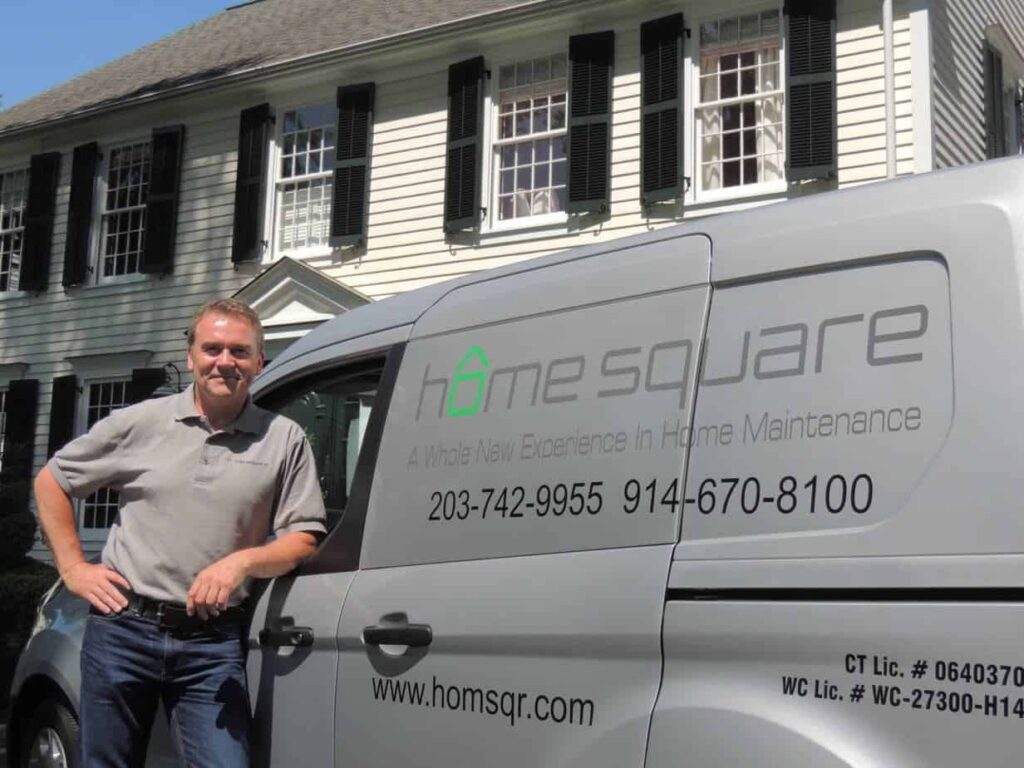
Kurt McKinney is a Vice President with HomeSquare. He’s also the major domo and chief steward of the company’s handyman services.
“We have been over the top crazy busy with the housing boom,” McKinney said. “The clients are either, ‘I need to sell,’ or “I just bought.” The beauty of his work, he said, is he can dispatch a technician to a client’s home who can do any number of tasks.
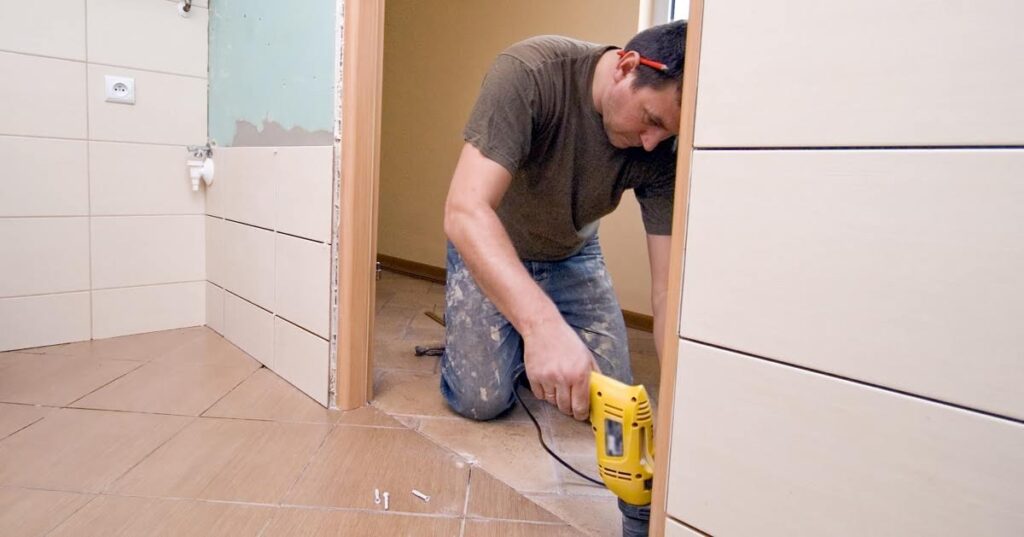
“He can tile, he can paint, he can do masonry, he can touch up mortar joints, he can paint the front door, install a faucet or a ceiling fan,” McKinney said, describing any of his handyman technicians. “He can stain the deck. He can change out hollow-core doors for solid six panel doors. The job can be a day of work or it can be several days of work. It just depends on the client’s punch list of things to do.” McKinney said he’s always been good at fixing things and his eye has been influenced by his wife, who is a professional decorator. He’s a big believer that broken or unsightly things that need to be fixed, should be fixed, not left to just get worse. “Living in squalor is no fun,” he said. “People always say at the end of a job, I wish I’d done this four years ago.”
He said there are jobs homeowners attempt to tackle themselves that they shouldn’t. Seemingly simple things like caulking around the tub or changing out a toilet seat.
“It’s easy to make a mess,” he said. “And it’s not fun digging out poorly applied grout or caulk.” He said he sometimes has to explain to clients, patiently of course, that many jobs that look like they should take ten minutes are actually much bigger jobs.
Removing and installing a new toilet seat, for example, is tricky because it can break if you don’t do it right. McKinney cautioned if you must try to do a repair yourself, don’t do it on Friday night.
Before You Hire
Before hiring any handyman, it’s a good idea to check for references. A red flag is a handyman service that is reluctant to share references. Other red flags are a slew of negative reviews or sales pressure. It’s quite helpful if the person you hired goes around the house and points out areas of interest like shingles that could use replacing or signs of dry rot, but beware a hard sales pitch. When it comes to pricing, whoever you hire should be transparent and upfront at the start. You don’t want to hear your job is a $600 job and be told halfway through it’s going to run you twice the original quote. Buyer beware: A Cheap Handyman Can Do More Harm Than Good. Do ask about licensing and insurance. Some homeowners think they can cut corners by hiring a crew off the street, but what if that person is injured while on the job while on the homeowner’s property?
Regular Check Ups
McKinney recommends homeowners invest in regular checkups performed by a licensed handyman every year. The idea is to maintain your property so it’s always market ready or at least close.
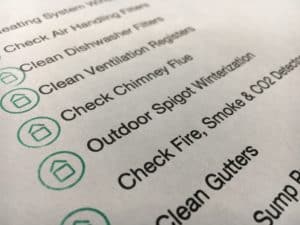
Then again, there’s always the warm, wonderful feeling that comes from living in your dream home. Even a home that’s fallen into a state that could be generously described as shabby chic can be restored to elegance in relative short order.
“Give me ten days and I can make you fall in love with your house again,” McKinney said. “And if you decide at the end you still want to sell, if you want top dollar for your house, hire a professional handyman.”
Clever DIY Hacks
While I strongly recommend hiring a professional to do any job more complex than changing a light bulb (and if changing a bulb requires a ladder, I’m not doing it), there are a few “handyman” chores I’m willing to tackle. Here’s a couple of tips I’ve picked up the effort, not to mention dexterity.
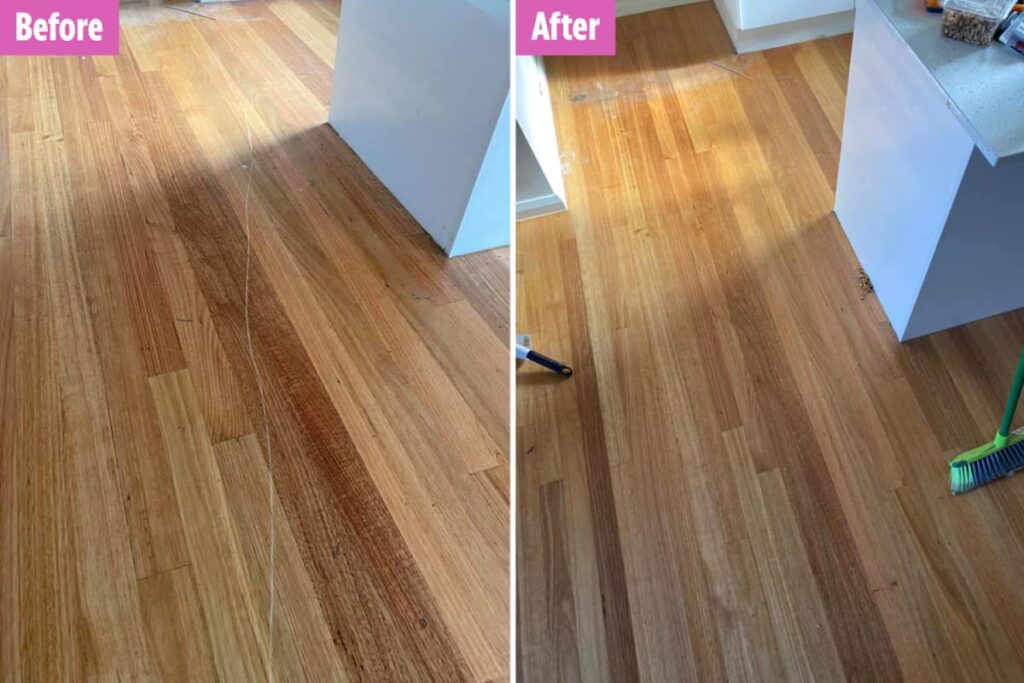
Scratches on your nice wood floors can be rendered mostly invisible if you rub them with a walnut. Yes, a walnut, the actual nut, but removed from the shell. Rub the nut meat on the scratch. Don’t be shy. Keep rubbing. Afterwards buff with a soft cloth. I’ve read you can do this same thing but with coffee grounds. I haven’t tried it, but it sounds possible.
Creaky stairs can be fixed at least temporarily with talcum powder. Sprinkle it into all the places where the wood connects to other pieces of wood. Rub it in until you no longer see powder. You’ll have to do this every few weeks but it does quiet the creak down. Olive oil will stop creaky hinges on your cabinet doors. Apply sparingly with a Q-tip. Bar soap is also useful but less easy to apply.
Even if you are the least handy person on earth, keep a supply of basic tools around the house. This would include but is not limited to a tape measure, a basic screwdriver set, duct tape, a flashlight, a set of pliers, an adjustable wrench, and a putty knife. And yes, I will add a hammer even though after 30-something years of marriage, when I see a hammer in my husband’s hand, I still get nervous.
Eve Marx
Eve Marx is a national journalist and book author. Follow her reflections on home design and interior style on Instagram at the hashtag #funkybeachhouseseasideror.






